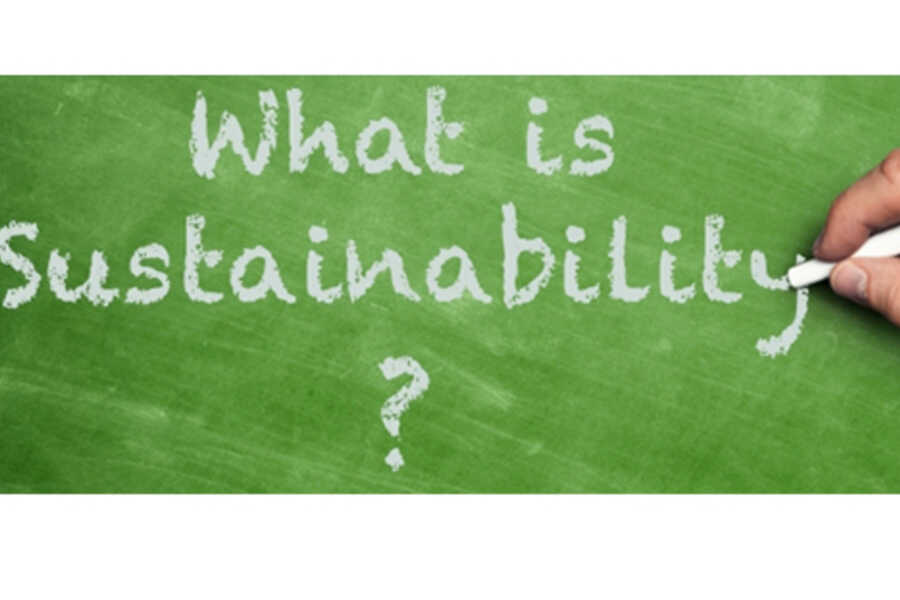Participating at the ‘engineering for sustainability development’ course, we had to start a conversation about what we think as more sustainable and unsustainable. During this ‘round of truth’, with the little duck giving the right to speak, everybody expressed different points of view about the topic. Something that was considered extremely unsustainable for one may have never been thought as an issue for another. Therefore I started wondering, should the definition of sustainability be considered subjective?
Actually I believe that there is confusion about what is sustainability. Every individual user, company, industry, etc. defines sustainability with a (slightly) different meaning causing disagreements, conflicts or even certificates of sustainability to projects or companies that are not truly sustainable. A lot of companies have certificates and guarantee for sustainable projects, but they usually have misunderstood what are the requirements for such a design or, even worse, use the term only in the name of profit.
To make things more clear here is the definition of sustainability in architecture according to wikipedia: “Sustainable architecture is architecture that seeks to minimize the negative environmental impact of buildings by efficiency and moderation in the use of materials, energy, and development space. Sustainable architecture uses a conscious approach to energy and ecological conservation in the design of the built environment.” [1] We actually say that sustainability ensures that actions and decisions of today do not inhibit the opportunities of future generations.
Except from all the requirements that an energy neutral (zero energy/green/sustainable) design has, it also has to be feasible in terms of economy and profitability. This is an aspect that often designers/architects don’t take into consideration. On the other hand, stakeholders care mainly about the costs and the profits of an investment. They usually express their worries of failure of an innovative design/idea by presenting arguments and previous situations of failure from similar projects. In this case, the architect has the possibility to convince the stakeholders for the opposite or adapt his design to meet their requirements as well. [2]
All in all participation from both sides at the early stage is more cost efficient and time saving for the project while creating a healthier cooperation between the different parts. Sustainability and feasibility can both be achieved in the most efficient way.
1. http://en.wikipedia.org/wiki/Sustainable_architecture
2. R.M. Mourik, C.F.J. Feenstra, R.P.J.M. Raven, “Examples for the enhancement of societal acceptance in sustainable energy projects on islands and in small communities”, ECN, Nov 2007


